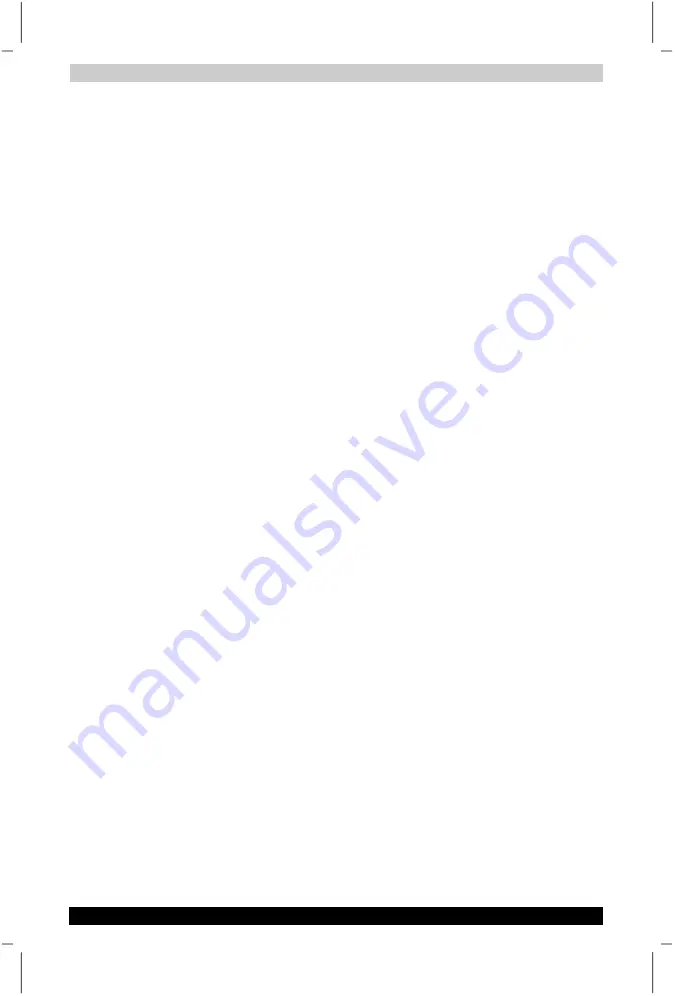
Learning The Basics
User's Manual
3-5
Satellite P20
Version
1
Last Saved on 30/05/2003 13:57
ENGLISH using Euro_M.dot –– Printed on 30/05/2003 as T202014-EN
Using the cursor control overlay
To turn the cursor control overlay on and off, press
Fn
and
F10
simultaneously. The cursor control light immediately below the
F10
key
glows when the cursor control overlay is on.
To type alphabetic characters while the overlay is on:
■
For lowercase letters, hold down
Fn
while you type the letters.
■
For uppercase letters, hold down both
Fn
and
Shift
while you type the
letters.
To highlight text with the cursor control overlay on, hold down
Shift
while
you use the cursor control keys.
Starting A Program
There are three ways to start a program in Microsoft
®
Windows
®
series
operating systems: from the Start menu, from Windows Explorer, or from
the Run command in the Start menu.
Starting a Program from the Start menu
1.
Click
Start,
then point to
All Programs.
Microsoft
®
Windows
®
XP operating system displays the Program
menu, which lists programs and program groups, If your program is
listed, go to step 3; otherwise, continue with step 2.
2.
Point to the program group containing the program that you want to
start.
Microsoft
®
Windows
®
XP operating system displays the associated
program menu.
3.
Click the program’s icon to start the program.
To close the program, click the
Close
button at the upper-right corner of
the program’s window.
Starting a Program from Windows Explorer
If a program is not in the Programs menu, you can start it from Windows
Explorer. Windows Explorer gives you a view of your computer’s contents
as a hierarchy or “tree.” You can easily see the contents of each drive
and folder on your computer. To use this method, you need to know the
name and location of the program’s executable file (this file ends with
“.exe”.)
1.
Click
Start,
point to
All Programs,
then point to Accessories, and
then click
Windows Explorer
.
■
The left side of the window displays the disk drives and folders on
your computer.
■
The right side of the window displays the contents of the item you
click on the left.
2.
To open a document or start a program, double-click its icon in the
right side of the window.






























